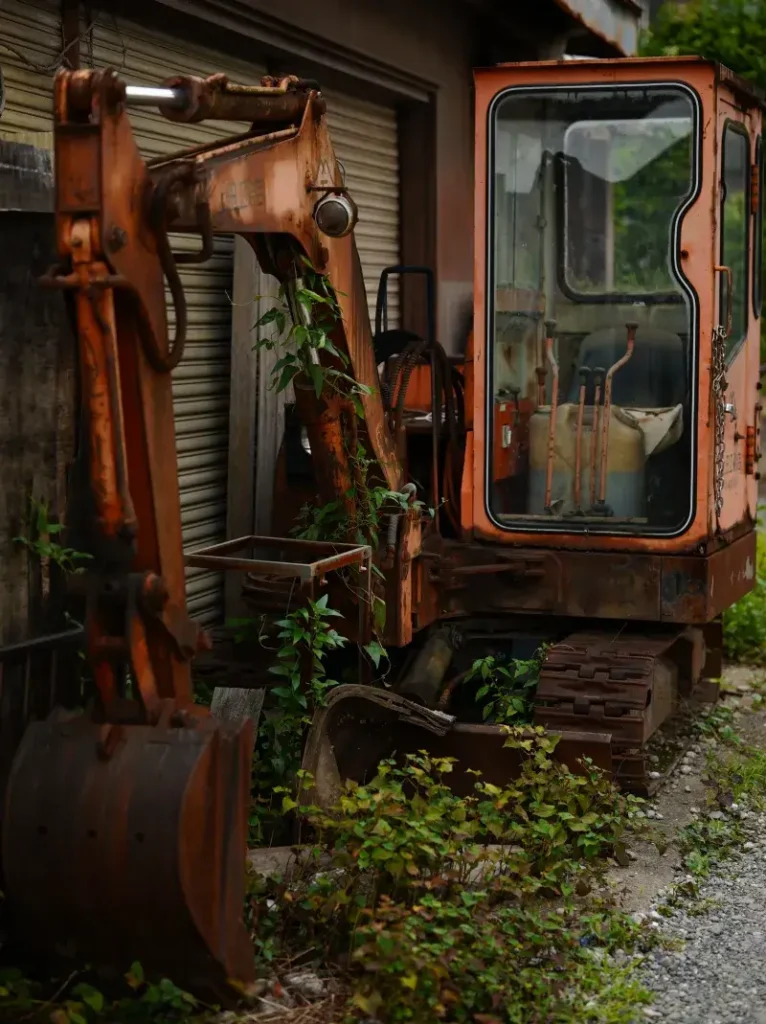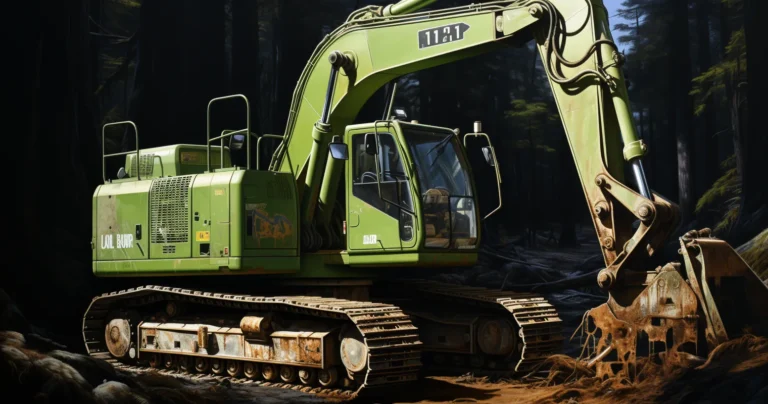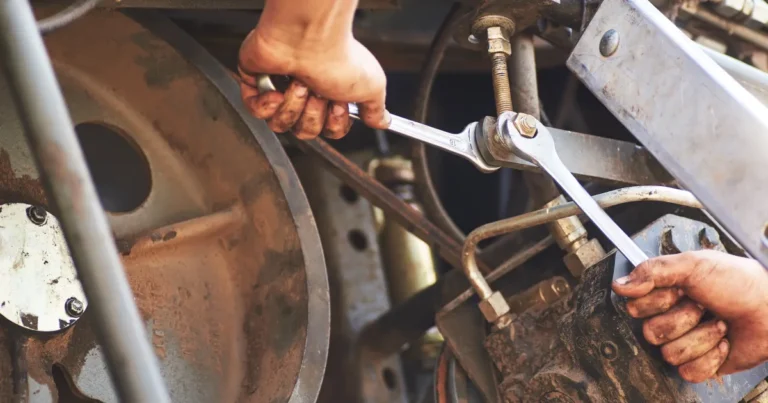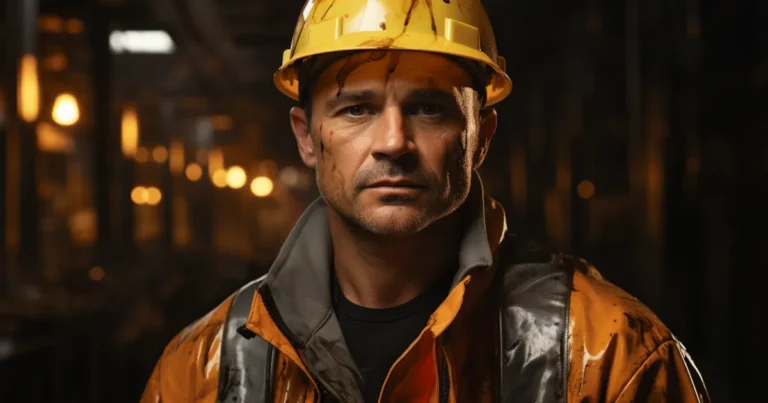The construction industry is experiencing a significant paradigm shift towards sustainability, and electric construction machines are at the forefront of this transformative movement. As environmental concerns continue to escalate and emissions regulations become increasingly stringent, electric construction machines offer a highly promising and eco-friendly solution to effectively diminish carbon footprints and ameliorate the industry’s profound impact on the environment. Nevertheless, akin to any technological innovation, electric construction machines are accompanied by a spectrum of distinct advantages and disadvantages. In this comprehensive article, we will thoroughly delve into the merits and drawbacks of electric construction machines, elucidating their potential benefits as well as the constraints they might entail.
Take a look at Volvo’s presentation of one their machines:
What are the pros of electric construction machines:
Eco-Friendly and Reduced Emissions: Electric construction machines run on electricity, which significantly reduces greenhouse gas emissions compared to their diesel or gasoline-powered counterparts. This reduction in emissions leads to improved air quality and helps combat climate change.
Quieter Operation: Electric machines operate with considerably lower noise levels compared to traditional diesel-powered equipment. This reduced noise pollution is particularly advantageous in urban areas or construction sites near residential zones, where noise restrictions may apply.
Lower Operating Costs: Electric construction machines generally have lower operating costs over their lifetime. Electricity is often cheaper than fuel, resulting in reduced fuel expenses. Additionally, electric machines have fewer moving parts, leading to lower maintenance costs and longer machine life.
Instant Torque and Performance: Electric motors deliver instant torque, offering quick acceleration and excellent performance. This characteristic is advantageous for construction tasks that require precise control and handling.
Regenerative Braking: Electric machines often utilize regenerative braking systems, which recover and store energy during braking. This reclaimed energy can be used to recharge the machine’s batteries, improving overall efficiency and extending operating time.
Enhanced Operator Comfort: Electric machines generate less vibration and produce minimal heat, leading to increased operator comfort during long work hours.

What are the cons of electric construction machines:
Limited Operating Range: The biggest challenge with electric construction machines is their limited operating range due to battery capacity. Depending on the task and battery size, electric machines may require more frequent recharging, leading to downtime.
Longer Recharge Times: Electric machines take longer to recharge compared to refueling conventional machines with fuel. While advancements in battery technology are improving recharge times, it is still a consideration for certain applications.
Higher Initial Investment: Electric construction machines typically have a higher upfront cost compared to their traditional counterparts. Although operating and maintenance costs are lower, the initial investment may pose a challenge for some businesses.
Limited Charging Infrastructure: The availability of charging infrastructure is still a concern, especially in remote construction sites or areas with limited access to electrical charging points.
Weight and Space Constraints: Batteries are heavy and take up more space than fuel tanks, which can affect the overall design and weight distribution of electric machines. This may impact certain tasks that require heavy lifting or intricate maneuvering.
How does it sums up?
Electric construction machines offer a promising path to a more sustainable and eco-friendly construction industry. The significant reduction in emissions, lower operating costs, and quieter operation are compelling advantages. However, challenges such as limited operating range, longer recharge times, and higher initial investment must be carefully considered. As battery technology continues to advance and charging infrastructure expands, electric construction machines are likely to become more viable and prevalent in the industry. Ultimately, the adoption of electric construction machines is a step towards a greener and more sustainable future for the construction sector.
I also recomment reading another of our comparisons. Wheels or tracks? What are the diferences for users?







